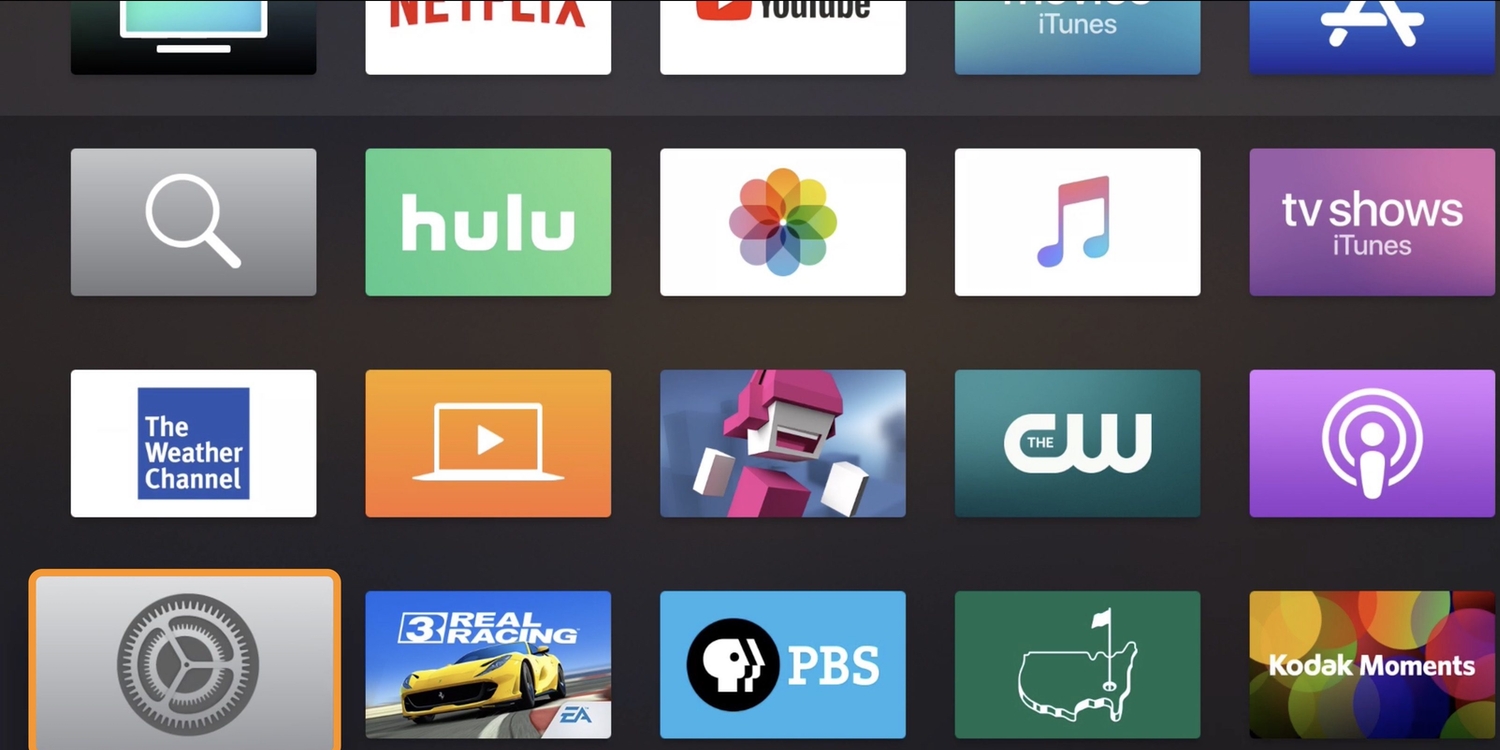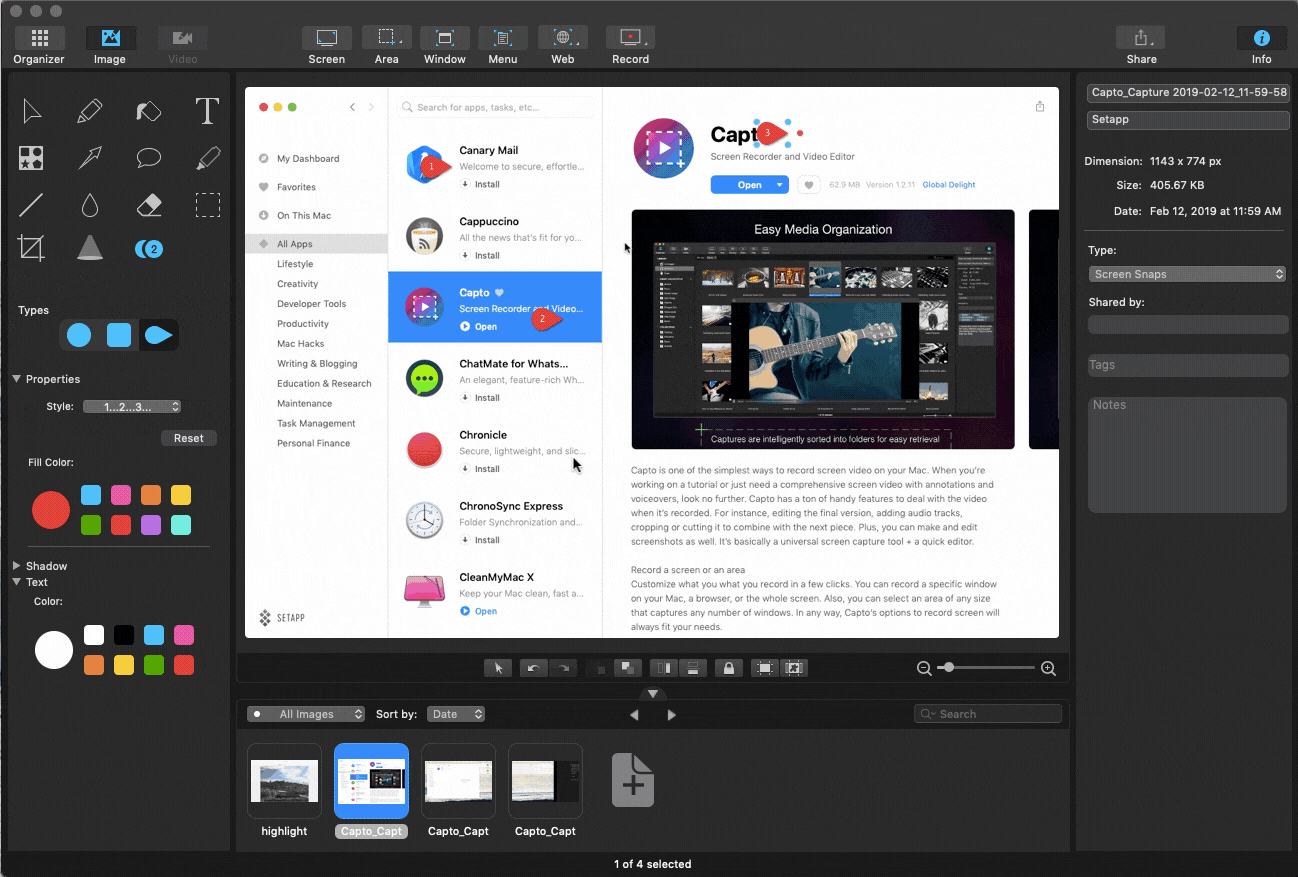All The Apps For Mac
If you’ve ever tried to open an app from an unidentified developer on your Mac, you know that it can be a tricky task. macOS has security measures in place that block this action in the hopes of protecting you from malware. That being said, it’s not impossible.
This will display all apps that were added through Mac App Store, came together with the operating system, installed through package managers, and manually attached by users via the drag-and-drop method. All user-level applications are included - enabling list view will allow you to freely scroll through existing apps. Get details about the processor, apps, disks, memory, and network activity on your Mac. Open Activity Monitor for me. Airport Utility. Set up and manage a Wi-Fi network and AirPort Base Station. Open AirPort Utility for me. Audio MIDI Setup. Set up audio and MIDI devices connected to your Mac. Open Audio MIDI Setup for me. Bluetooth File Exchange. Show All Running Apps On Mac Using Force Quit Applications Manager. Another method to check all the Running apps and programs on your Mac is through the Force Quit applications manager on Mac. Click on the Apple icon in the top menu bar of your Mac and then click on Force Quit Application in the drop-down menu (See image below). The 15 Best Mac Apps to Make Everyday Life Easier. Apple's macOS is a good operating system, but it's missing some key ingredients. Try these programs to get the most out of your Mac. Normally, if you want to close all of the open apps on your Mac, you'd have to either quit them all one by one or restart, shut down, or log out while making sure to deselect “Reopen windows when logging back in.' The latter option is great, but it doesn't always work in Mac OS X, and what if you don't want to restart, shut down, or log out?
Here, we’ll talk about apps from unidentified developers and show you how to allow them on your Mac. We’ll also go over some tips for staying safe when downloading new software.
What is an unidentified developer?

An unidentified developer is an app developer that isn’t registered with Apple. Generally, apps from unidentified developers haven’t been reviewed by Apple for safety and security.
Apple believes that one of the easiest ways to distribute malware is to insert its code into an app. That’s why they check apps thoroughly before allowing them to release to the Mac App Store. Apps from unidentified developers aren’t on the App Store.
This doesn’t mean that apps from unidentified developers are malicious (although they can be). They can either not comply with Apple guidelines, or be created before the ID registration started.
Why your Mac shows a warning?
In order to protect your device from dangerous apps, Apple includes security measures in their devices. One example of this is Gatekeeper. Gatekeeper is Apple’s program that recognizes whether an app has been downloaded from the App Store. This program warns you when you’ve downloaded and attempted to run software from another location for the first time.
When you receive a warning about an app, it’s because Gatekeeper flagged it as a potentially dangerous app. This doesn’t necessarily mean that the app has malware—it simply means that macOS doesn’t recognize the app (or the developer). Because of this, you won’t be able to open the app as easily as you would an app that’s been vetted and listed on the App Store.
Luckily, it’s a bit easier to download apps from unidentified developers onto your Mac than onto other Apple devices.
How to set your Mac to allow apps from unidentified developers
By default, your Mac is set to block you from opening apps that haven’t been verified by Gatekeeper. This includes both apps that aren’t from the Apple App Store and those that come from unidentified developers.
It’s a good idea to start by first setting your Mac to allow you to open apps that aren’t from the App Store.
Setting your Mac to open apps not from App Store
By setting your Mac to open apps that aren’t from the App Store, you reduce the number of warnings you’ll get when opening third-party applications. This makes it much easier to open these kinds of apps.

Here’s how to change your Mac settings to allow apps from third-party locations:
- Open your Mac’s System Preferences.
- Click on Security & Privacy, then go to the General tab.
- On the bottom left, you’ll see a padlock icon. Click on it and enter your admin password.
- Under “Allow apps to be downloaded from”, select App Store and identified developers.
Once this is done, you’ll be able to open most of the apps that aren’t on the App Store. However, you still won’t be able to open apps that aren’t recognized by macOS.
Setting your Mac to open apps from unidentified developers
If you want your Mac to allow apps from unidentified developers, you’ll have to follow a few additional steps. Firstly, try to open the unrecognized application. You’ll see a notification that it can’t be opened. Then, follow the instructions:
- Open System Preferences.
- Click on Security & Privacy, then go to the General tab.
- You’ll see the message “[App] was blocked from opening because it is not from an identified developer.” Clicking the button next to it marked “Open Anyway.”
- You’ll be asked again if you’re sure you’d like to run the app. Click the Open button to run it.
These steps allow you to open this app whenever you’d like. You should remember, though, that Gatekeeper won’t allow you to open apps that contain malware, even after following these steps.
Apple’s recommended way to open apps from an unidentified developer
Apple knows that Mac users still want to open apps from unidentified developers. Luckily, they’ve provided a method for doing so.
Here’s how:
Close All Apps Mac
- Go to your Mac’s Finder.
- Find the app you tried to open. If you’re having a hard time finding it, you can search for it in Finder or using Spotlight search (Command-Space).
- Right-click on the app.
- On the menu that pops up, click Open, and the app will open like any other.
Adobe All Apps For Mac
Following these steps will make this app an exception, allowing you to open it again.
Opening apps from anywhere
Earlier versions of macOS used to provide the option to “allow apps from anywhere.” This would allow you to open any app without having to go through the above steps for each one you’d like to open.
While convenient, this can be dangerous, as it can leave your Mac open to malware. This is likely why it’s been hidden as a readily available option.
Are apps from unidentified developers safe?
Because they require circumventing Apple’s default security vetting process, it’s harder to determine whether apps from unidentified developers are safe. You’ll need to be sure yourself that a particular app can be trusted.
The best you can do to ensure that an app is safe to open is to do your research on it. Read through some reviews and look into the experiences other users have had with the app, as these sources are the most likely to give you truthful and relevant information. Dig as deeply as you can to help avoid downloading any dodgy apps.
You should also ensure that you have antivirus software (and that it’s up to date). This adds an extra layer of protection to your Mac. If you find that an app isn’t trustworthy, opt for an alternative app in the App Store or one from an unidentified developer that you can trust.
Keep your Mac malware-free
Downloaded a suspicious app? CleanMyMac X allows you to check your Mac for potentially unwanted apps (PUA) and malware with its Malware Removal Module. This feature scans your Mac for malicious apps and allows you to delete them one-by-one or in bulk. CleanMyMac X also features a real-time malware monitor to help you keep track of whether you’re not downloading anything malicious.
Here’s how to use it:
- Get the app on your Mac.
- Launch CleanMyMac X and go to Malware Removal.
- Press Scan.

If CleanMyMac X has found any threats, press Remove to delete them. Additionally, you can free lots of space on your Mac by deleting outdated cache files, system log files, and other unused junk with the System Junk feature.
Now, you know how to install any app on your Mac and circumvent the restrictions. But, if you aren’t vigilant enough, you may need to deal with the consequences of malicious software. It’s a good idea to always question the apps you want to install and look for additional reviews and testimonials.
